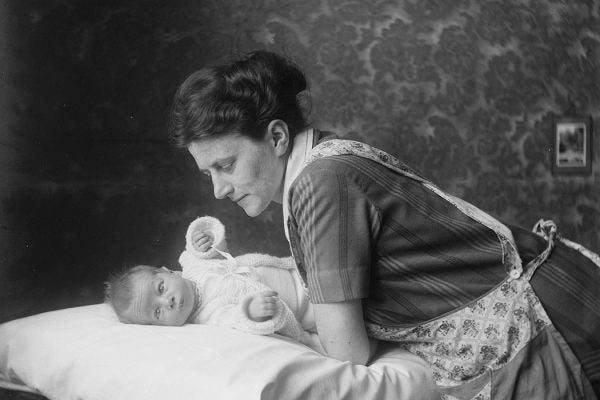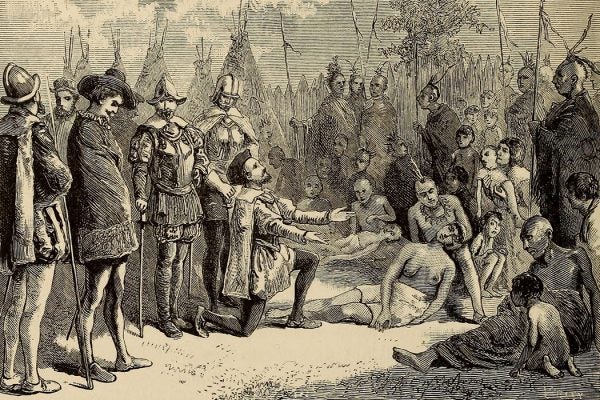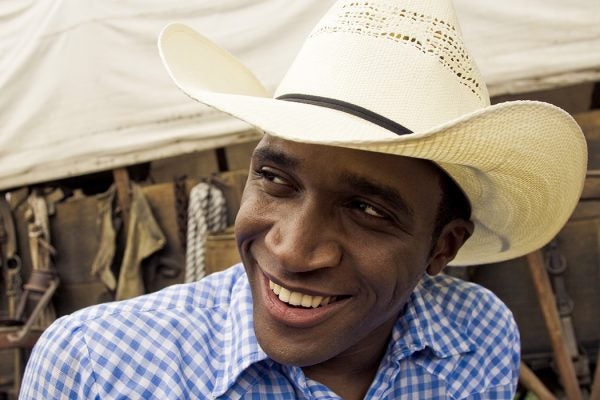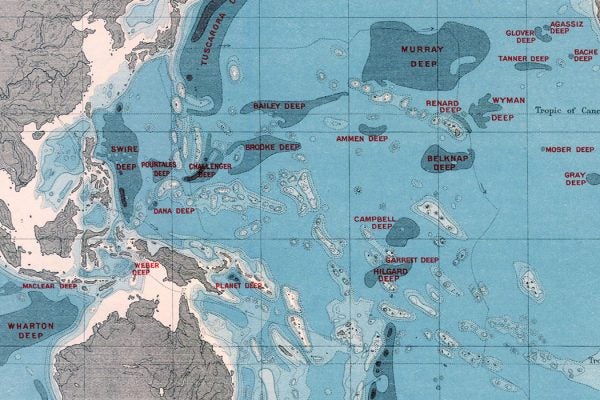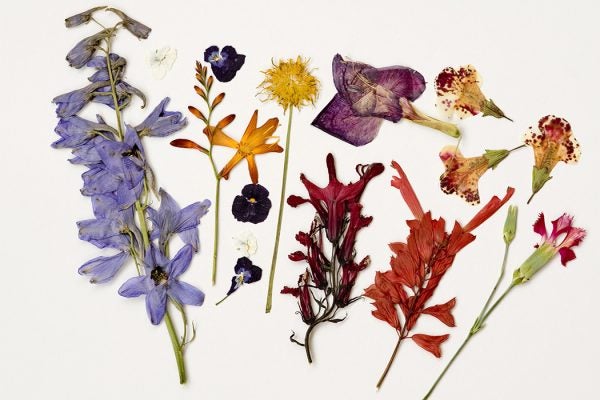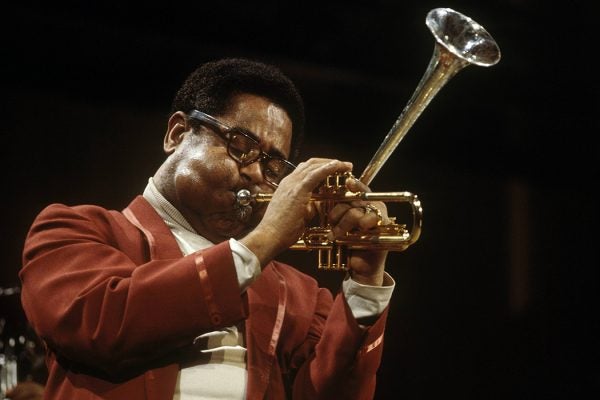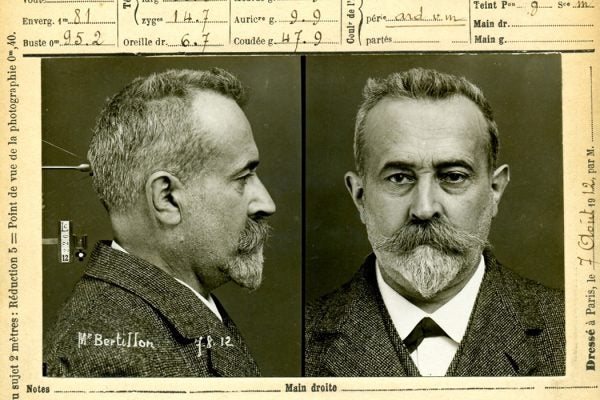Muhammad Speaks for Freedom, Justice, and Equality
The official newspaper of the Nation of Islam—published from 1960-1975—combined investigative journalism and Black Nationalist views on racial uplift.
The Feminist History of “Child Allowances”
The Biden administration’s proposed “child allowances” draw on the feminist thought of Crystal Eastman, who advocated “motherhood endowments” 100 years ago.
Plant of the Month: Tree of Life
Indigenous people in North America used the conifer as an effective cure for scurvy during cold winters.
When the Push Button Was New, People Were Freaked
The mundane interface between human and machine caused social anxiety in the late nineteenth century.
Texas Identity, Smart Trees, and Cicada Weirdness
Well-researched stories from Texas Observer, Aeon, and other great publications that bridge the gap between news and scholarship.
Wait, There’s Noise Pollution at the Bottom of the Ocean?
Anthropogenic sounds have made it all the way down into the deepest place on Earth—Challenger Deep, in the Mariana Trench.
Which Flowers Bloom First and Why?
A massive collection of dried flower specimens demonstrates that climate change disrupts the timing of spring blooms.
RV144: The Largest HIV Vaccine Trial in History
One of the biggest advances in AIDS vaccine research was a controversial, landmark treatment that tested a new vaccine on 16,000 Thai volunteers.
What Is Jazz Poetry?
The form flourished in the 1950s, as poets and musicians inspired each other to new heights.
The Origins of the Mug Shot
US police departments began taking photographs of people they arrested in the 1850s.

